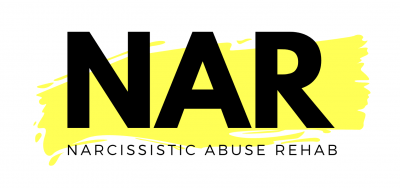Victoria MP Laurel Collins’ proposed coercive control legislation passes third reading in Canada’s House of Commons
Femicide
Femicide is a term coined by Dr. Diana Russell to describe the deliberate gender-based killing of women, often driven by misogyny, gender inequality, and patriarchal systems. It specifically targets women and girls simply because they are female. Femicide encompasses a range of acts, including coercive control, domestic violence, honor killings, dowry-related killings, female infanticide, sexual violence-related killings, and targeted killings in conflict zones. It reflects the systemic discrimination and gender-based power imbalances in societies. Femicide not only results in the loss of individual lives but also perpetuates a culture of fear and reinforces oppressive structures that marginalize and harm women. Understanding and addressing the complex social, cultural, and systemic factors contributing to femicide is crucial in combating gender-based violence and working towards a more equitable and just society.
“Why didn’t you just leave?” is a question bystanders often ask coercive control survivors. It shows the urgent need for increased awareness.
Research exposes the alarming rate of Black femicide in the U.S. and explores the urgent need for solutions.
Queensland passes groundbreaking coercive control legislation to tackle intimate partner violence and femicide in honor of Hannah Clarke.
EU enacts new laws to combat over 3000 annual femicides, aiming to significantly reduce violence against women across the continent.
An alarming report shows that Ireland’s police received an alarming 60,000 domestic violence reports in 2023.
Violence Free Minnesota remembers the 39 known victims of intimate partner homicide in Minnesota at their annual We Remember ceremony.
Coercive control survivor Andrea Smith bravely shares experience of the dangerorous cycle of abuse and how she escaped
An alarming report from the Arizona Coalition to End Sexual and Domestic Violence reveals that the state’s decision to ignore the urgent need to expand existing legislation to include coercive control has made it a hotspot for intimate partner abuse in the United States. According to Arizona’s Family, the state has one of the highest rates of domestic violence fatalities…
The Vermont House of Representatives passes groundbreaking the H.27 Bill to combat coercive control and protect survivors.










